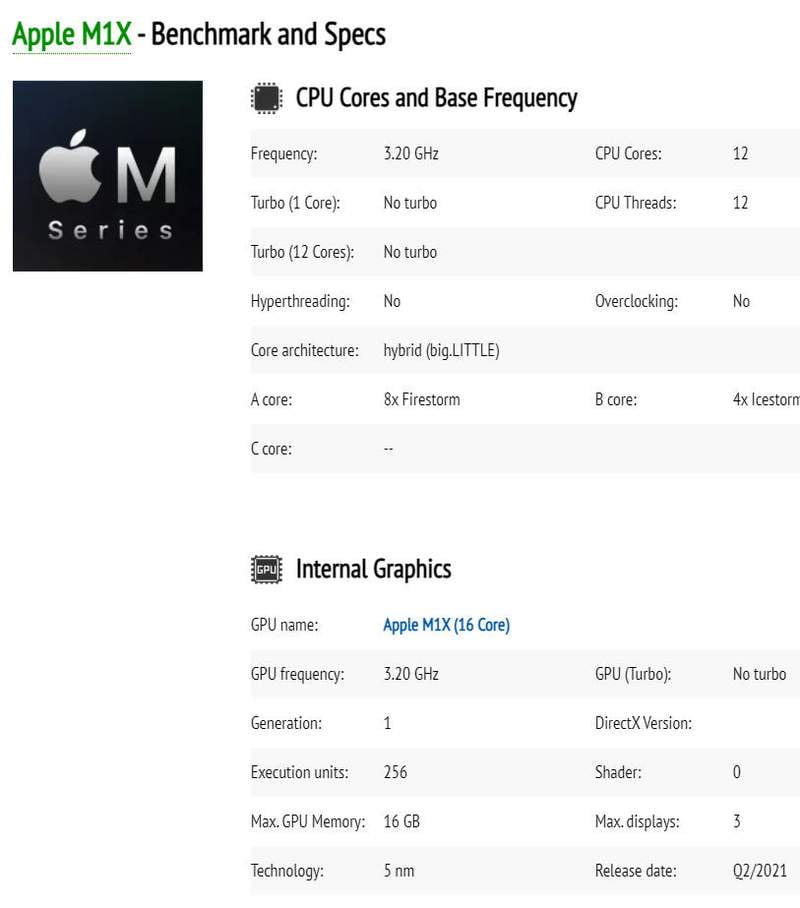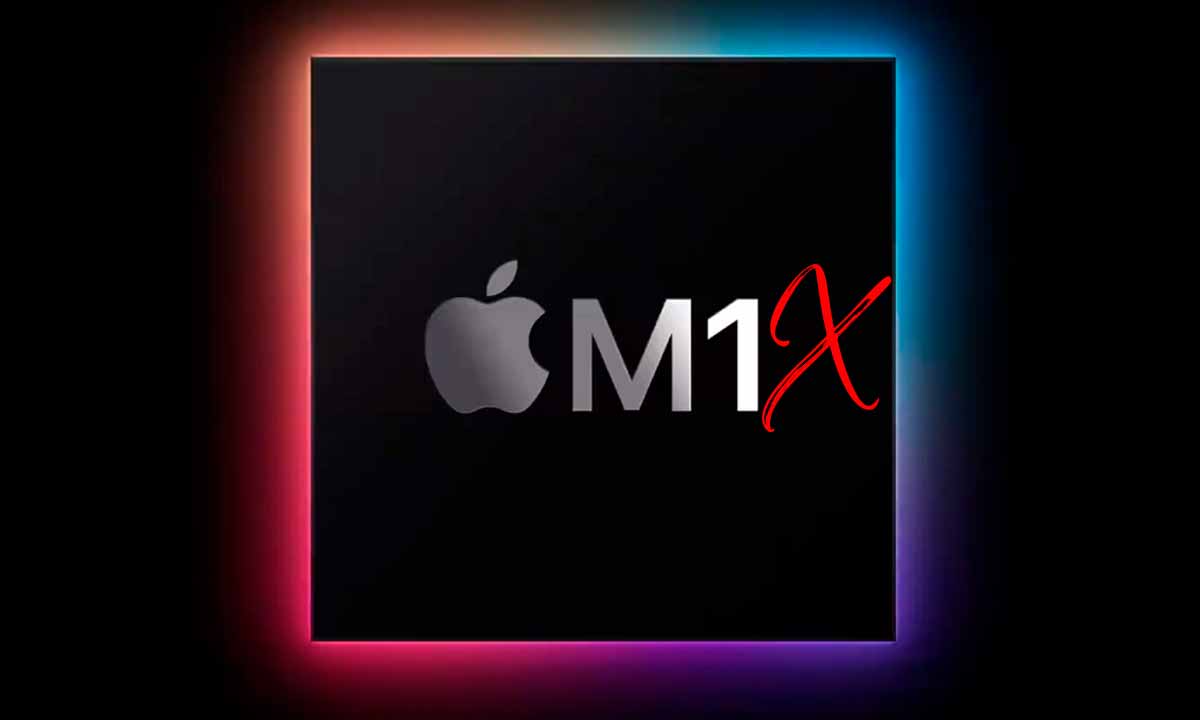Apple M1X is the new SoC being developed by Apple to power its new generation of personal computers. And it points to a significant increase in processing and graphics performance.
Apple surprised the industry with the M1, the first SoC to transition from Intel’s x86 architecture to ARM under project silicon. A move that had been talked about for a decade, almost since the launch of the original iPhone, but which arrived like a cyclone and with an unexpected level of performance and effectiveness.
The results of its CPU both in single core and in multiple threads are the highest ever seen in client equipment under an ARM architecture that until a few years ago had been reserved for mobile devices such as smartphones or tablets. Its GPU also reached a good level considering that it is an integrated graphics card.
Although it is difficult to compare performance levels between different architectures and there are areas where this ARM chip cannot reach, the general opinion is that Apple had done a good job to begin with. This is not surprising as Apple is one of the most experienced companies with ARM as it was involved in its development in its early days as Acorn Computer in the 1980s and the proprietary designs it has produced so far for its mobile devices have been able to beat the performance of large semiconductor specialists such as Qualcomm or Samsung.

Of course, Apple has work ahead to solve issues such as application execution and increase the level of performance to be able to move ARM to more powerful machines than laptops, iMac Pro and especially Mac Pro workstations.
Apple M1X SoC expected specs
The first leaks show an SoC that would maintain the 5 nanometer process and the hybrid architecture (big.LITTLE). It would have a 12-core CPU, eight high-performance Firestorm and four focused on energy efficiency Icestorm, working at a frequency of 3.2GHz and with 28MB of total cache. The 12 cores represent a 50% increase over the eight cores (4+4) of the original M1.
The GPU would get an even bigger upgrade, with 16 cores and 256 execution units, which is exactly double what is included in the M1. The higher level of performance will lead to an increase in power consumption of the Apple M1X to 45W TDP. RAM support will also increase and will be able to handle 32GB LPDDR4X-4266.
Which Macs will use Apple M1X processor?
The Apple M1X will be used in the Macs of 2021 and in particular three devices are mentioned: MacBook Pro 14, MacBook Pro 16 and the iMac 27 AIO. For the time being, the top-of-the-range Mac Pros, which use Intel Xeon processors and NVIDIA Quadro professional graphics cards, will be left out. A configuration that we imagine is impossible to replicate right now with ARM architectures.
Apple gave itself time and announced that the silicon project would last three years. It remains to be seen if it will not have to leave out some machines and continue using Intel’s x86. In any case, the development to bring ARM architecture to PCs continues at a good pace and the information coming from the new chips is promising.





